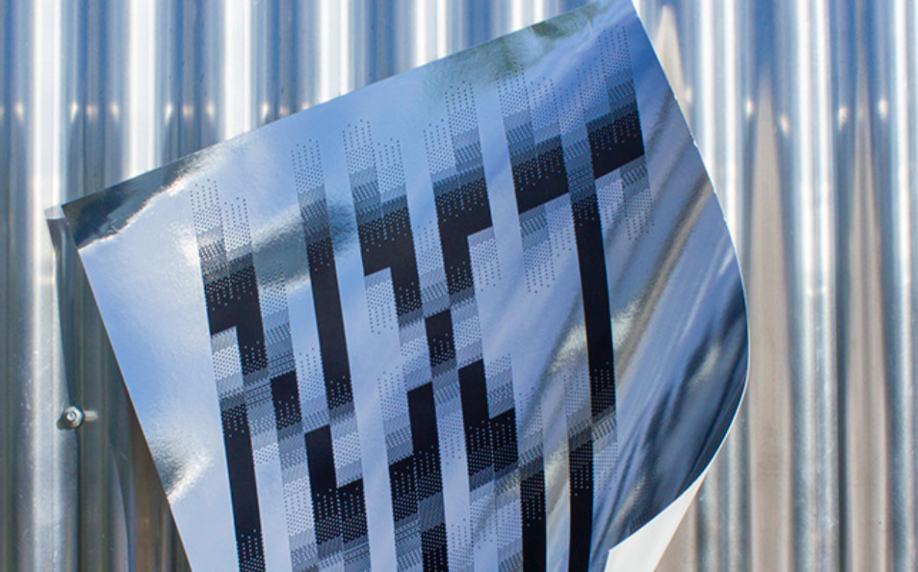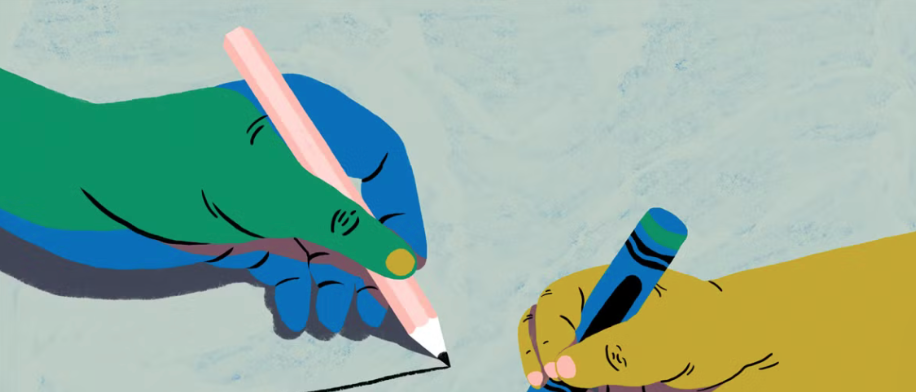| History |
|
The Department of Graphic Design at Osmaniye Korkut Ata University's Faculty of Architecture, Design, and Fine Arts is located in the Faculty of Architecture, Design, and Fine Arts building on the Karacaoğlan Campus. While there are no student admissions yet, preparations for the upcoming academic year are ongoing. |
| Department of Graphic Design |
|
Graphic design is a creative, problem-solving discipline that combines art, technology, and communication, organizing and communicating thoughts, information, and emotions through visual, typographic, and digital tools. In our department, students gain both theoretical knowledge and practical skills in graphic design. In addition to fundamental design principles, color, typography, and composition, we also teach digital design software, illustration, publication design, branding, and corporate identity. Furthermore, courses in advertising, marketing communications, web and interactive design, photography, and video support students in developing a well-rounded design practice. Students in the graphic design department develop their creativity by working on individual and group projects; they produce original designs through studio work; and they collaborate on projects with industry. They also have the opportunity to share their work through exhibitions, portfolio presentations, and workshops. This entire process prepares them for a wide range of post-graduation careers, from advertising agencies and publishing houses to design studios and digital media platforms. |

| PURPOSE OF DEPARTMENT |
|
Our goal in the graphic design department is to ensure that students acquire a comprehensive knowledge of graphic design and to train professional designers with a high aesthetic level who can apply this knowledge in their professional lives, accurately analyze design problems, and develop the necessary solutions. Graduates from the Graphic Design Department become experts in communicating effectively with clients, achieving visual intelligence and multi-faceted thinking and vision. |

| EDUCATIONAL OBJECTIVES OF THE DEPARTMENT | |
| 1. | To train graphic designers who are familiar with design concepts, principles and theories, |
| 2. | Can evaluate artistic, cultural and aesthetic developments and their effects on historical and contemporary art and design products, |
| 3. | Can do visual/graphic design (advertising and promotional product design, packaging design, etc.), |
| 4. | Can effectively use typography as a visual communication tool, |
| 5. | Can use up-to-date graphic software in a computer environment, |
| 6. | Can follow and interpret current and technological developments in Graphic Design within the national and international framework and implement the psychological, sociological, ethical and economic responsibilities and obligations of the profession, |
| 7. | Can develop individual and group professional strategies and plans regarding all processes (design-printing-presentation) in the context of professional performance and relationships, |
| 8. | Can have social and ethical responsibilities, |
| 9. | Can be open to development, and have understood the importance of lifelong learning and adopted it as a principle. |
| PROGRAMS LEARNING OUTCOMES | |
| 1. | Recognizes design concepts, principles and theories. |
| 2. | Evaluates artistic, cultural and aesthetic developments and their effects on historical and contemporary art and design products. |
| 3. | Communicates verbally and in writing on international platforms using Turkish and professional foreign languages. |
| 4. | Uses typography effectively as a visual communication tool. |
| 5. | Uses up-to-date graphics software in a computer environment |
| 6. | Follows and interprets current and technological developments in Graphic Design within the national and international framework and implements the psychological, sociological, ethical and economic responsibilities and obligations of the profession. |
| 7. | Develops individual and group professional strategies and plans for all processes (design-printing-presentation) in the context of professional performance and relationships. |
| 8. | He/she can identify his/her needs regarding the subjects in which he/she needs to learn more or improve himself/herself and can take steps to meet these needs. |
| 9. | He/she continues his/her lifelong professional development by constantly following the developments and innovations in different application areas of the Graphic Design discipline and also by evaluating technological changes. |
| 10. | It works to develop and protect social welfare in accordance with social, scientific, cultural and ethical values by selecting the resources needed to collect and analyze data on issues related to its field. |
| CAREER OPPORTUNITIES |
|
Our graduates can work as graphic designers, art directors, user interface (UI) and user experience (UX) designers, or visual communication consultants in private and public organizations operating in the advertising, media, web publishing, and digital media sectors. With the proliferation of digital tools and online platforms, they can also specialize in social media content design, mobile app interface development, and digital marketing. Furthermore, the rapidly growing gaming industry, motion graphics, and animation are offering new career opportunities for graphic design graduates. Graduates can continue their personal art and design work by establishing their own studios, or they can advance their academic career path by continuing their postgraduate education with "Master's" programs in related fields. |
Güncelleme 05.07.2022 21:43:59
Görüntülenme Sayısı: 731



 Refectory Reservation
Refectory Reservation